The Acropolis of Athens is one of the most of the ancient
world for its significance to western civilization, as Europeans have tended to
trace the development of their ideas about philosophy and government to Greece
as kind of founding civilization. As
such, Athens has been at the top of my list, a spreadsheet literal list. Since I
created one more than ten years ago. Now
I finally get to see it!
I had been warned online and by real people about how
crowded that Acropolis is. “Buy your
tickets online to avoid the long lines”, they all said. “Go first thing before it gets hot!” they all
said. “Try to get there before the group
tours from the cruise ships arrive”, they advised. Well, I tried to buy tickets online, and my
transaction got cancelled and refunded without tickets. Go early while it’s
cool? It was not hot during our mid-May
days in Athens. The Acropolis is
actually open until 8:00 at night, and it’s been my experience that attractions
the world over that when attractions stay open late into the evening, they are
usually not crowded.
We waited for a
clear day, went around 5:00 in the afternoon, experienced no line for tickets
at the less busy east entrance near the Acropolis Museum, and found the
Acropolis to be busy but not overwhelmed.
And at that time of day there are virtually no annoying guided tour
groups.
Regardless of how much I’ve read about the Acropolis or how
many pictures I’ve seen of it over my lifetime, the reality was very different
from my expectations. First of all, it
is built both on top of and on the slopes of a steep-sided but flat-topped
hill. It is higher than I expected and really towers above central Athens, but
somehow I expected it to be larger in area, that much of the ancient city was
atop the hill rather than merely a political and religious center of the
ancient city. I also expected that more
of the ancient site had survived, although as ruins. The fact is that among all
the rubble, besides the Parthenon there are only the remains of a few temples and
shrines like the Erechtheion, Temple of Poseidon, Propylaia, and Temple of
Athena Nike. You really have to use your
imagination to envision what things night have once been during the height of
Athenian civilization. Some other sites within the grounds are on the hill’s
south slope, including the Theater of Dionysos, Asclepeion, Stoa of Eumenes,
and Odeon of Herodus Atticus.
More than any other monument, the Parthenon epitomizes the
glory of Ancient Greece. It was the largest Doric temple completed in Greece
and constructed entirely of white marble.
The temple’s main purpose was to house a statue to the goddess Athena.
Despite numerous conquests and sackings of Athens through the ages since its
construction in the 5th century B.C., the Parthenon remained largely
intact until 1687 when it was partially destroyed by an explosion of gunpowder
the Turks were storing in it. The metopes
(decorative frieze panels) from the façade have largely been removed, some of
them taken by Lord Elgin and now held in the British Museum in London as “The
Elgin marbles”. Most other original statuary from the Parthenon and Erechtheion
have been removed and placed in the Acropolis Museum, replaced with copies that
can be exposed to the elements in situ.
The views of Athens in all directions from the Acropolis are
spectacular too. Probably the most
classic views of the Acropolis itself are from Areopagus Hill, a short distance
to the northwest of the the main entrance.
We made it the last stop on our tour.
It was very fulfilling to finally visit what has for so long been one of
my top travel goals.

 Athens, Greece
Athens, Greece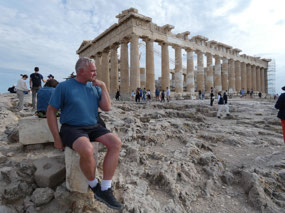
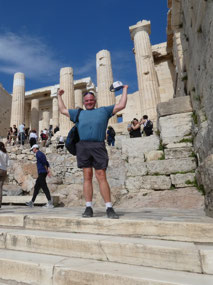




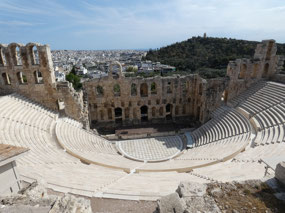
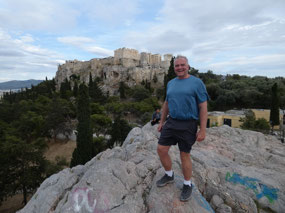
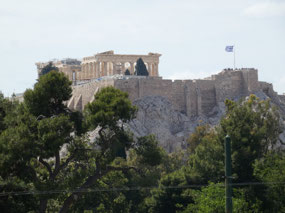
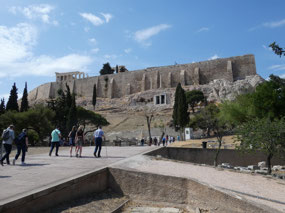
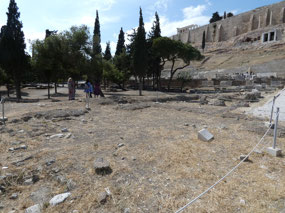
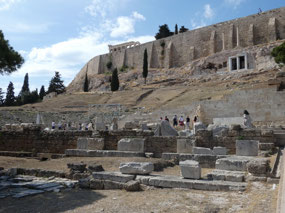

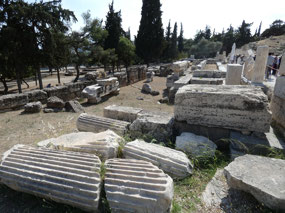
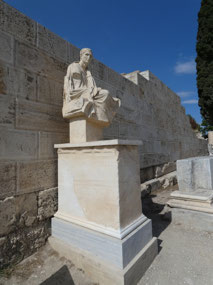
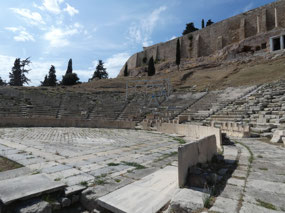
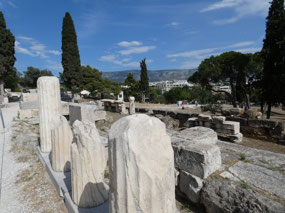
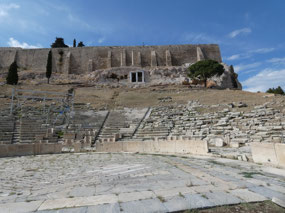
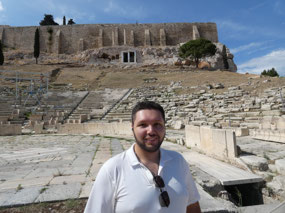
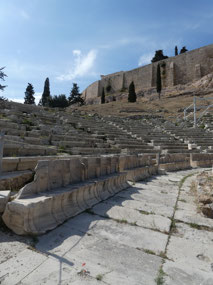
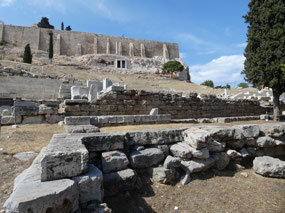
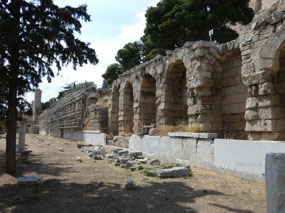
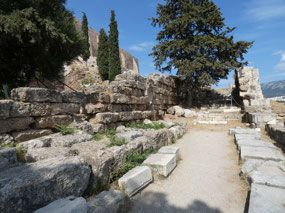
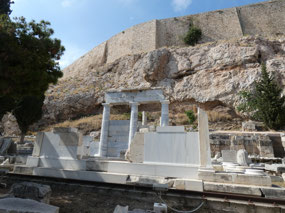
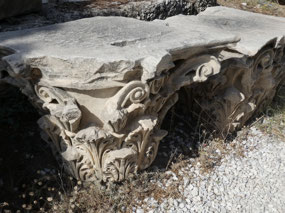
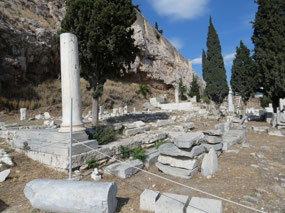
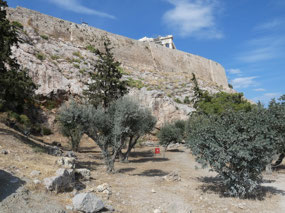
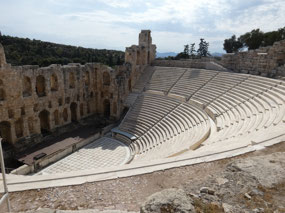
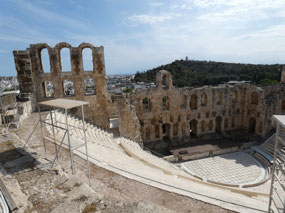
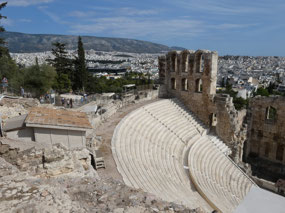
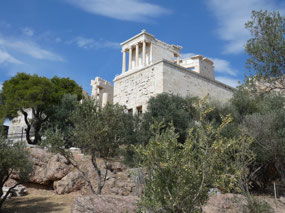
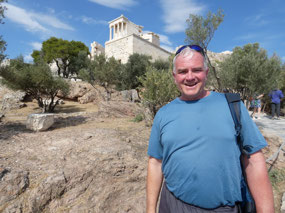
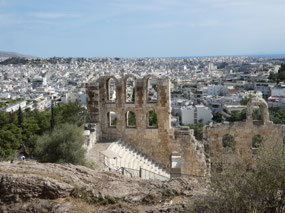
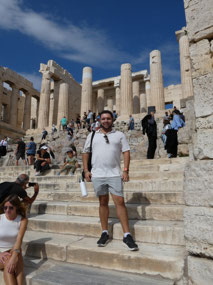

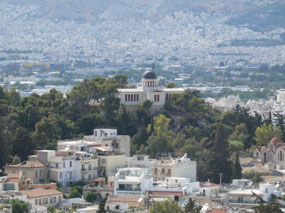
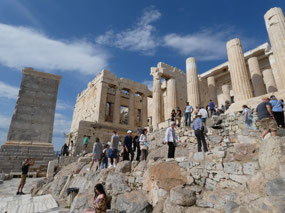
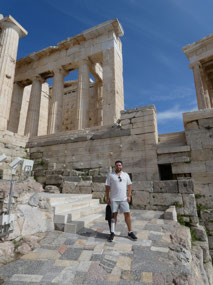
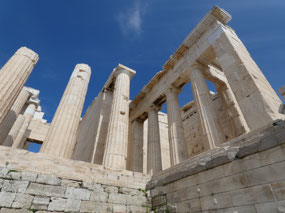
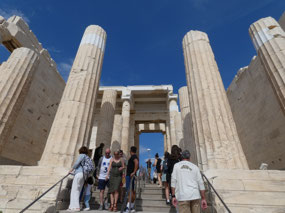
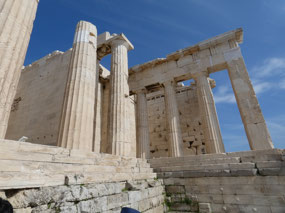
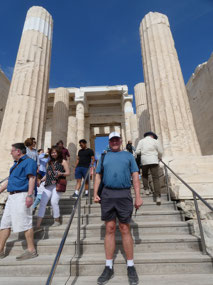
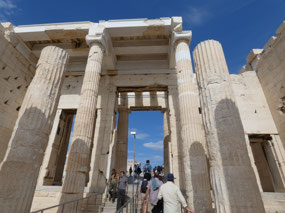
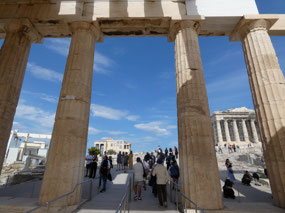
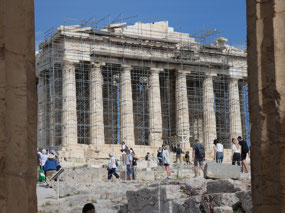
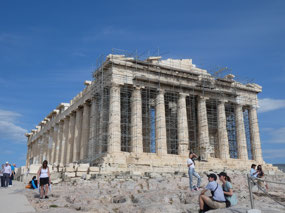
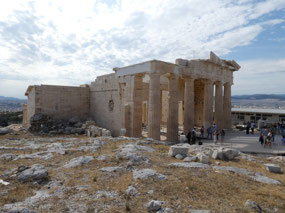
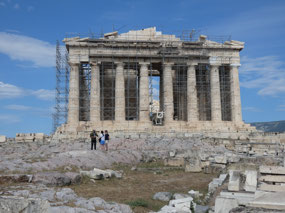
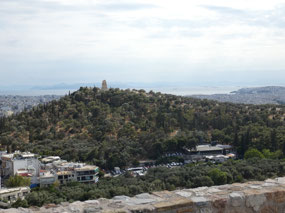
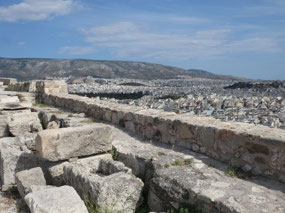
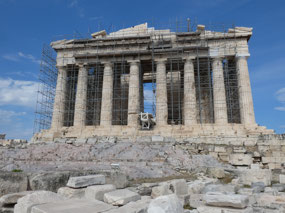
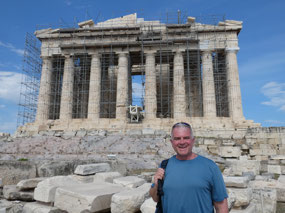
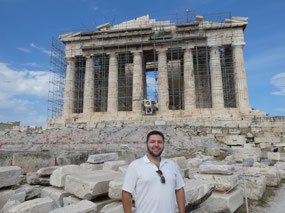
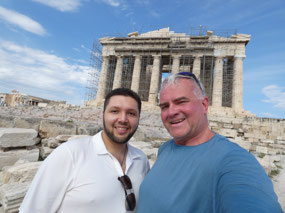
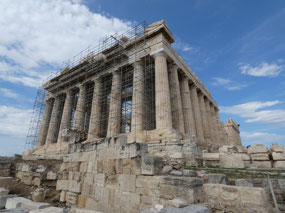
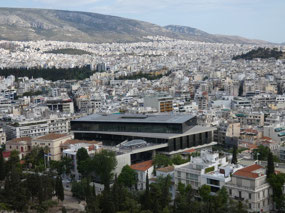
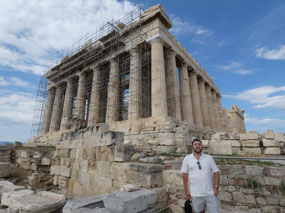
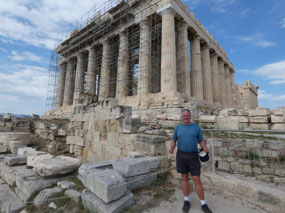
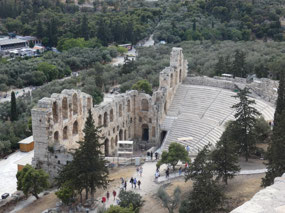
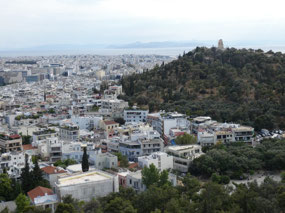
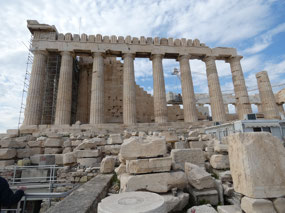
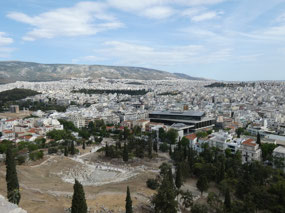
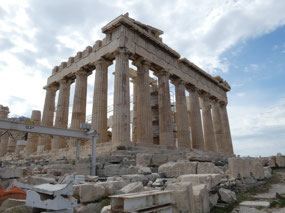

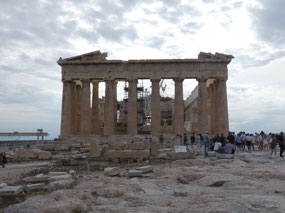
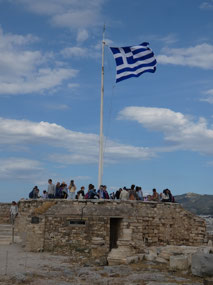
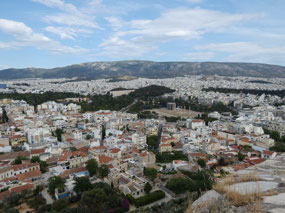
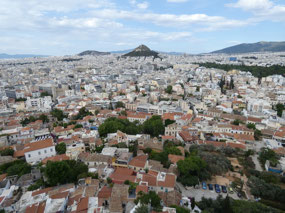
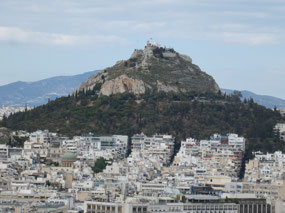

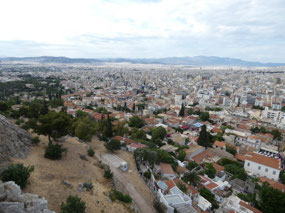
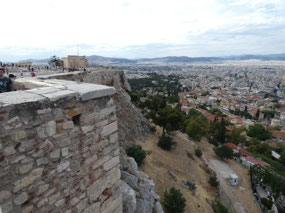
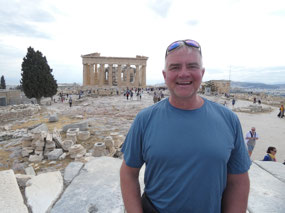
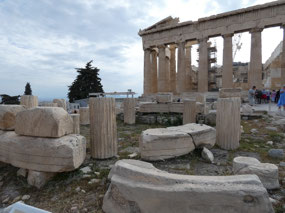
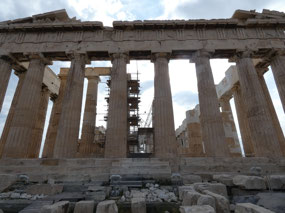
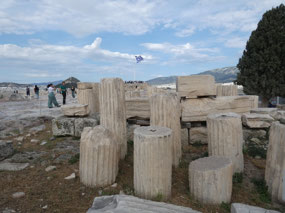
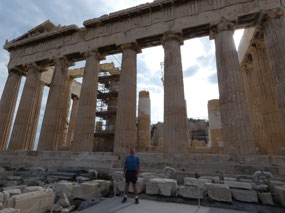
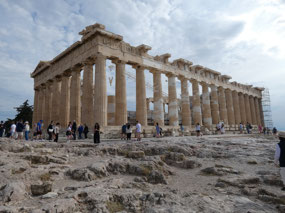
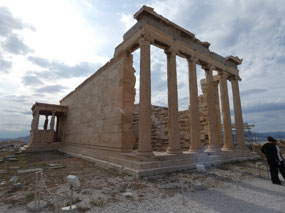
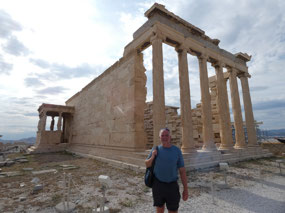
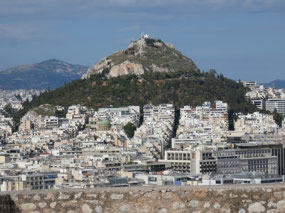
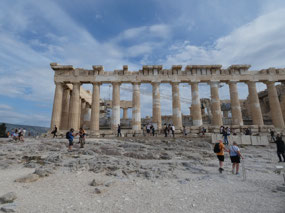

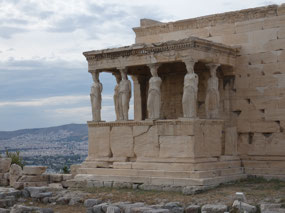
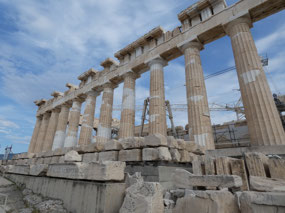
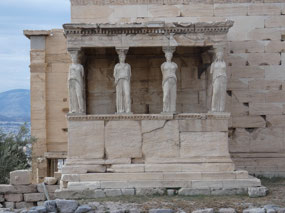

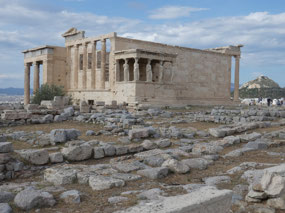
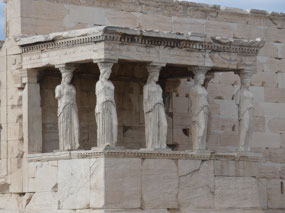
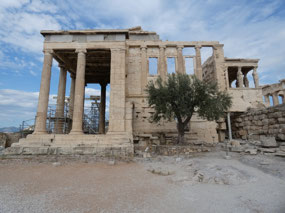
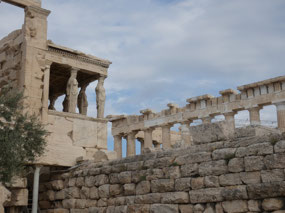
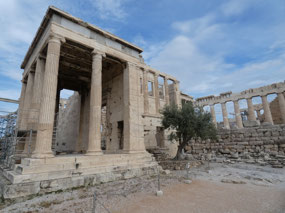

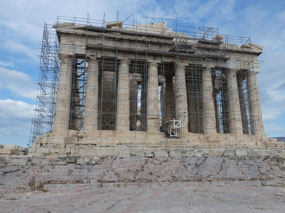
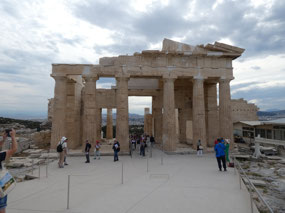
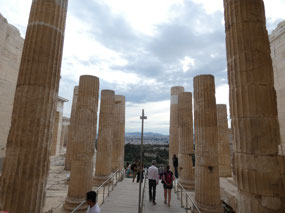
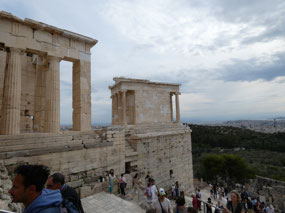
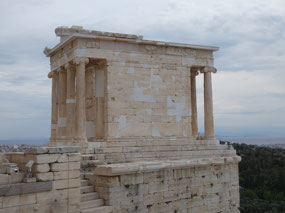
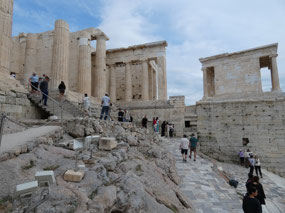

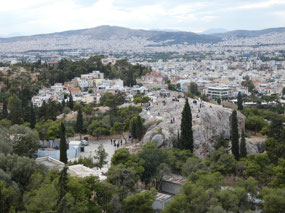
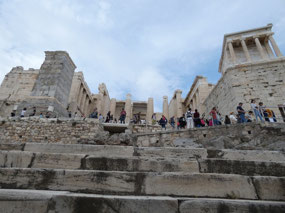
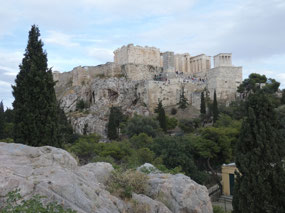
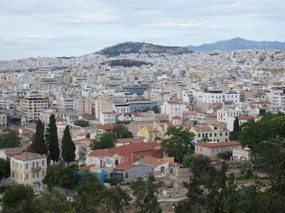
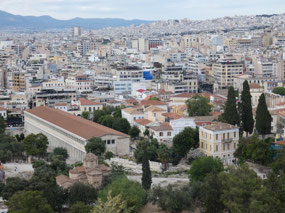
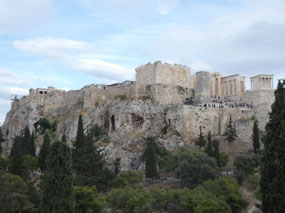
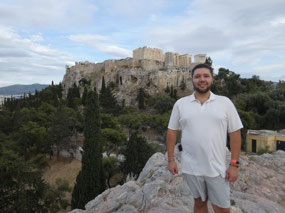
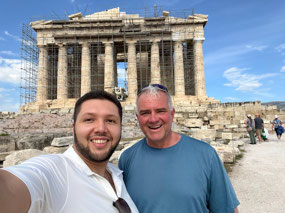

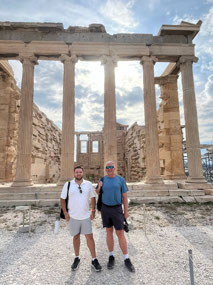
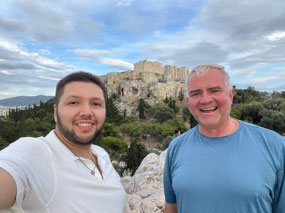
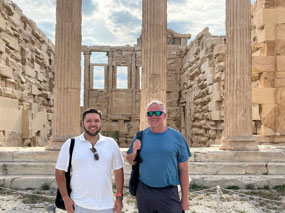
2025-05-23